How to Care for a Pet Winter White Dwarf Hamster
Winter white dwarf hamsters, also known as Russian dwarf hamsters, are small hamsters with social personalities. As pets, they usually are docile and take well to handling, though they can be difficult to hold due to their small size and quickness. They are around half the size of the Syrian hamster which is also commonly seen as a pet.
The coat of winter white dwarf hamsters is a grayish-brown color for most of the year. But, in the winter, it changes to white to act as camouflage in the snow. In captivity, the coat isn’t guaranteed to change colors if the hamster isn’t exposed to the shorter winter light patterns.
Winter white dwarf hamsters are typically easy to care for as pets, requiring a fairly straightforward diet and housing setup. Here's what you need to know about the winter white dwarf hamster.
Species Overview
Common Names: Winter white dwarf hamster, Russian dwarf hamster, striped dwarf hamster, Siberian hamster
Scientific Name: Phodopus sungorus
Adult Size: 3 to 4 inches long, weighing around 1 to 2 ounces
Lifespan: 1 to 3 years
Winter White Dwarf Hamster Behavior and Temperament
Winter white dwarf hamsters can make excellent and relatively low-maintenance pets, even for those who are new to hamster care. They're typically good-natured and are more tolerant of handling than several other hamster species, making them less likely to bite. However, they still might nip when startled, jostled, or squeezed. Plus, they might be too small and quick for some people, especially young children, to gently and safely handle.
These hamsters are nocturnal, but they might be active for short times throughout the day. They are generally quiet pets, but their nighttime activities might keep some people awake if you have their enclosure near your bed.
Winter white dwarf hamsters are a relatively social species that can be kept in same-sex pairs or small groups when introduced at a young age. However, adult hamsters that are new to each other might become territorial and fight. And even some young hamsters raised together might end up fighting and need to be separated as they get older. Furthermore, do not expose winter white dwarfs to other household pets, including other hamster species, as this can cause unnecessary stress and potential injuries.
Size Information
Winter white dwarf hamsters stretch around 3 to 4 inches long on average, and they weigh approximately 1 to 2 ounces. They mature at around 2 months old.
Housing
As a general rule, provide a habitat for your hamster that is as large as you can fit and afford. This will be your hamster’s primary space for exercise and mental stimulation. At minimum, opt for a cage that’s at least 2 feet long, 1 foot wide, and 1 foot high. The two main options for an enclosure are a glass/plastic aquarium with a secure top that has ventilation or a wire cage with a plastic base. Make sure the wire spacing is small enough that the hamster can’t squeeze through.
In the enclosure, include chew toys, an exercise wheel with a solid surface (not wires), and a nest in which your hamster can sleep and hide. You also can include tubes and other climbing structures, though make sure not to create a structure from which your hamster can take a significant fall.
Specific Substrate Needs
Cover the bottom of the enclosure with 2 to 3 inches of soft bedding, such as chemical- and dye-free shredded paper or aspen shavings. Avoid cedar and pine wood shavings, as they can be toxic to hamsters. Remove wet spots in the bedding daily, and do a full bedding change weekly when you scrub the entire enclosure with mild soap and water.
What Do Winter White Dwarf Hamsters Eat & Drink?
For your pet's primary diet, pick a commercial hamster food that's specifically formulated for dwarf hamsters. Follow the label and your vet's instructions for how much to feed. Hamsters should always have some of this food available, as they tend to graze. Many owners put a full day’s worth of food in a small ceramic bowl in the enclosure and discard any uneaten food after 24 hours before refilling the bowl.
You can also offer some supplemental foods, consulting with your vet on the appropriate types and amounts. Some options include greens, carrots, blueberries, and oats. Place fresh food in a separate dish from the staple diet, and discard it after a few hours to prevent spoilage. It's best to feed in the evening as your hamster is waking up and hungry.
Also, always provide your hamster with fresh, clean water. A water bottle that hangs on the side of the enclosure is best, as it's easy to keep sanitary. However, also include a small dish of water until you're sure your hamster is drinking from the bottle. Regularly check that the water nozzle is functioning, and change the water daily.
Common Health Problems
Some common health problems in hamsters can include:
- Injuries from falling, fights with cage mates, or run-ins with sharp objects
- Respiratory infections
- Wet tail (diarrhea)
- Abscesses
- Skin issues (e.g., mites)
Some potential signs and symptoms of illness can include loss of appetite, lethargy, unwillingness to socialize (hiding), excessive scratching or hair loss, sneezing, wheezing, discharge from the nose or eyes, and abnormal droppings. If your hamster appears to be sick or injured, keep it in a warm, quiet spot and contact your veterinarian.
Training
Hand-taming is the primary training most owners do with their pet hamsters. And it’s important to note that some hamsters will never be comfortable with handling. It’s best to start handling hamsters when they’re young. Sit on the ground in a secure area when doing so, as even a drop from a few feet can injure such a tiny animal. Never shake or squeeze a hamster. Try holding a favorite treat as a reward for the hamster to sit in your hands.
Exercise
As long as you provide a large enough enclosure with an exercise wheel, your hamster should be able to get enough physical activity to keep it healthy and prevent issues like obesity. You also can give your hamster out-of-cage exercise via an exercise ball, in which they can safely roam around your floor in a secure area. Always monitor the hamster when it’s in the ball, and make sure you get a ball sized for a dwarf hamster.
Grooming
Hamsters are generally clean animals that are good about self-grooming. They don’t require baths or brushing. However, if they do get something stuck in their fur, you can help them get it out by gently rubbing the area with a damp cloth if they’ll allow it.
Upkeep Costs
From month to month, your primary costs for a winter white dwarf hamster will be its diet and bedding. Depending on the varieties you choose—plus how big your enclosure is and how many hamsters you have—expect to pay between $20 and $40 on average. Chew sticks, nests, and other toys also will need replacing periodically at a cost of around $10. Plus, make sure you budget for routine veterinary care and emergencies.
Pros & Cons of Keeping a Winter White Dwarf Hamster as a Pet
Winter white dwarf hamsters can be quite interesting and good-natured pets. They’re generally a good choice for people who haven’t had hamsters before. However, their small size and quickness can make them difficult to handle for some people. And because they’re nocturnal, you might not be able to interact with them when they’re at their most active.
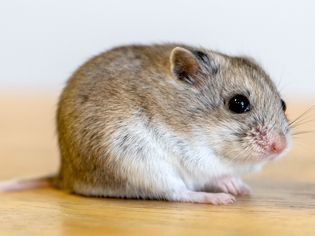
Similar Hamsters to the Winter White Dwarf
If you are interested in dwarf hamsters, check out:
- Campbell's dwarf hamster
- Roborovski dwarf hamster
- Chinese hamster
Otherwise, check out other hamsters that can be your new pet.
Purchasing or Adopting Your Winter White Dwarf Hamster
You can find winter white dwarf hamsters in pet stores, but because they are very similar to Campbell's dwarf hamsters (more commonly found), pet stores often misidentify them. To be sure you are acquiring a winter white dwarf, get your hamster through a reputable breeder or knowledgeable rescue group. Expect to pay between $15 and $25, though this can vary based on factors such as the animal's age.
Reproduction/Breeding
Local exotic veterinarians often can point you toward a good breeder or rescue group. Plus, many breeders belong to clubs that attend pet expos where you can learn about and even buy hamsters. Breeders often will have a wider selection of younger animals than a rescue group.
Before bringing home a hamster, make sure it appears alert and in good body condition. Its environment should be clean, and any cage mates also should appear to be in good health. Avoid bringing home mixed-sex pairs or groups; they will turn your habitat into a breeding tank, which can produce a litter every three weeks. A good breeder or rescue will be able to confirm the sex of any hamster you're interested in.
- Does a winter white dwarf hamster make a good pet for kids?
Winter white dwarf hamsters can be good pets for older children who are able to handle this small, quick, fragile animal with care.
Are winter white dwarf hamsters hard to take care of?Winter whites are fairly low-maintenance pets, with their primary care needs revolving around regular feedings and cleanings.
Does the winter white dwarf hamster like to be held?Many winter white dwarf hamsters can learn to tolerate gentle handling quite well, though they never will be fully tame animals.
RECOMMENDED NEWS
 exotic-pets
exotic-petsShould You Keep an Armadillo as a Pet?
Of the 20 species of armadillo in the wild, only a few are kept as pets in the United States, and e...
Read More → ferrets
ferretsCoronavirus in Ferrets
Slinky, mischievous, and intelligent, ferrets are members of the weasel family that love to play an...
Read More → hedgehogs
hedgehogs100 Names for Pet Hedgehogs
People often name Hedgehogs after their prickly pet's bristles, a unique feature of the tiny creatu...
Read More → hedgehogs
hedgehogsWobbly Hedgehog Syndrome (WHS)
Hedgehogs are unique pets that have unique health issues like wobbly hedgehog syndrome (WHS). Owner...
Read More → hamsters
hamstersHamster Food 101: What Can Hamsters Eat?
Hamsters are cute, small, and relatively easy to care for, and if socialized and handled gently, th...
Read More → rabbits
rabbitsSickness in Rabbits
A healthy rabbit makes for a wonderful pet. Like other pets, though, your bunny must be cared for t...
Read More → rabbits
rabbitsEye Problems in Rabbits
Rabbits have very large eyes that are located on either side of their heads. This eye placement is ...
Read More → rabbits
rabbitsReasons Why Rabbits Chew and How to Stop It
Chewing is a natural and necessary behavior for rabbits. In captivity, though, a restless rabbit's ...
Read More → exotic-pets
exotic-pets100 Names for Pet Gerbils
If you recently got a pet gerbil or plan to get one soon, then in addition to its house, food, and ...
Read More →
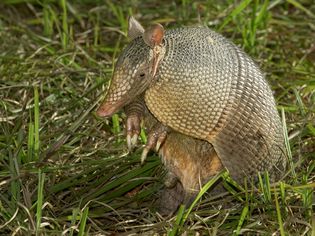
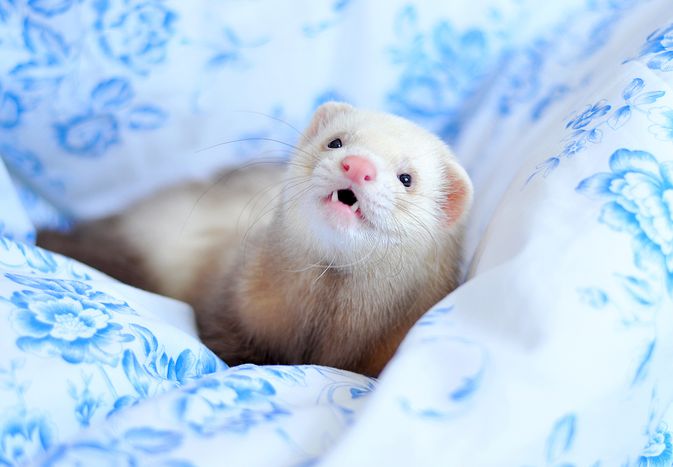

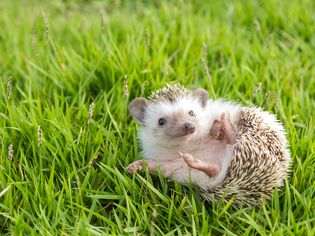


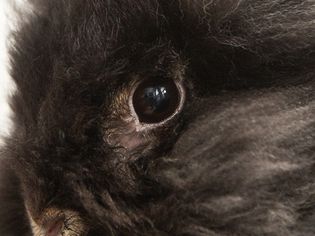
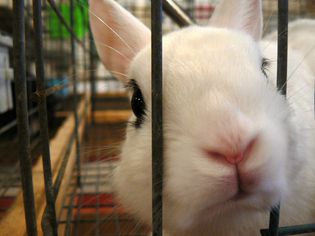
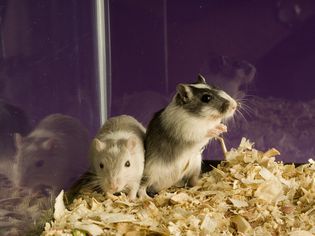
Comments on "How to Care for a Pet Winter White Dwarf Hamster" :